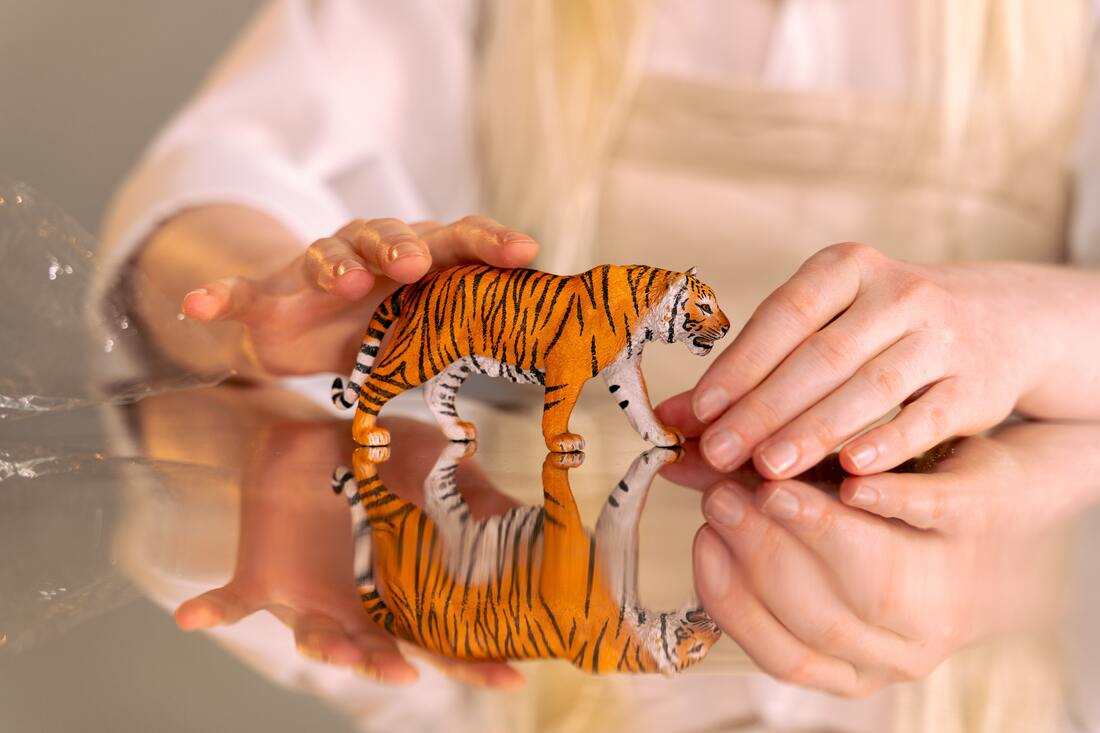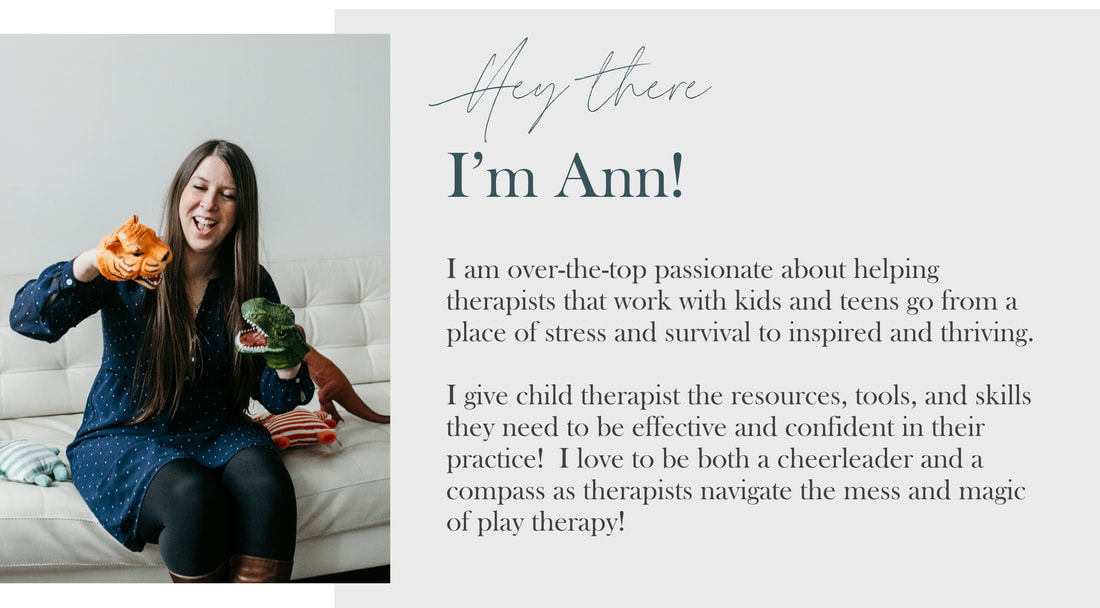|
Anger is complex.
And something that is a right brain process can be hard to articulate and describe. Especially if you are a child who isn’t quiiiite fully developed in their prefrontal cortex. Okay - talking about anger is tough for grownups too.
One of my most favorite interventions is sand tray because of the way the figures, miniatures, and symbols can express concepts and emotional processes that are so much deeper than just talking about something.
If you have ever done a sand tray you know how amazing it is to initially engage with a world on the surface, and as you get curious and process the tray how deep the meaning can get. I wanted to share an intervention that can be used whether you are trained in sand tray or not to go deeper with your child and teen clients when processing anger. Anger is often not a popular topic in the playroom. Kids and teens who get angry easily can often have a lot of shame and guilt about their anger and how it comes out. And for kids who are uncomfortable - we can often get reactions of shutting down, anger in response, or avoidance. One of the ways that I find kids to more easily express and process anger is through metaphor. Metaphor provides safety and distance so kids can talk about subjects with more honesty and vulnerability. The external nature of the activity allows kids to go deeper. And this technique? Well… I call it Taming The Tiger Inside. For this activity I invite kids and teens to select a miniature from my collection to describe and express their anger. Once they have selected the miniature we start to process. I ask questions like how does this figure show anger? How is this figure like you when you are angry? How does the character feel before the anger? How does the figure feel after the anger? You can then start to process and take the activity towards regulation. You might explore what this character needs to do to feel heard without exploding, aggressing, breaking things, etc. You might explore what this character needs to feel safe. You can process what this character might want others to know about how to help it during the angry times or what is making the child angry in the first place. Through the processing you want to be sure that shame isn’t creeping into the process. You can do this by letting the figure know that you understand that anger has an important message. You can let the figure know that being angry is a normal part of life. AND you can brainstorm how this part can come out, while the client is still in control and still making choices that work for them and the world around them. Loading...
1 Comment
Melissa Jackson
7/22/2023 08:40:49 am
Thank you! This is so good!!
Reply
Leave a Reply. |
Hi, there!I'm Ann Meehan, an LPCC, Loading... Archives
July 2024
Categories
All
|
Privacy Policies | Terms of Use | Disclaimer
Contact
[email protected] | Copyright Meehan Mental Health Services 2022
Contact
[email protected] | Copyright Meehan Mental Health Services 2022






